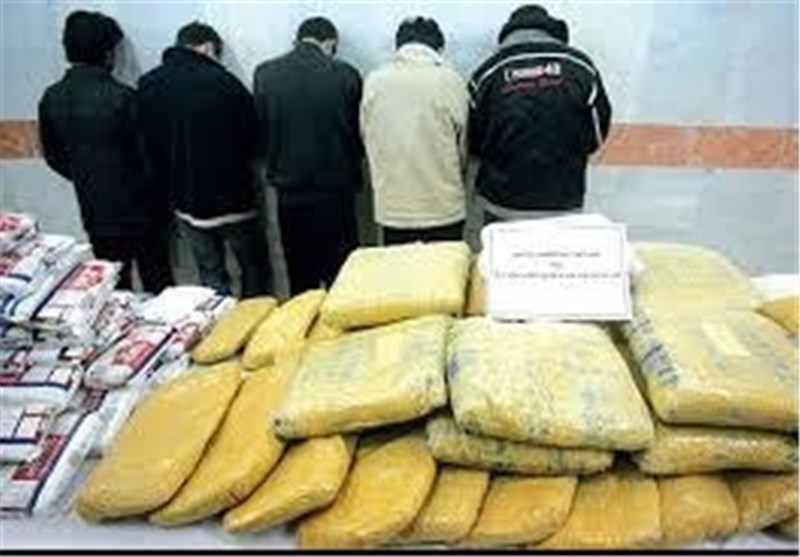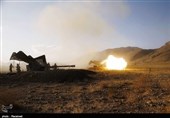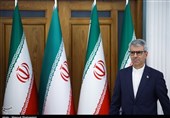Seizure of Narcotic Drugs Up by 18% in Southeastern Province
TEHRAN (Tasnim) – Over 97 tons of narcotic drugs were seized in Iran’s southeastern Sistan and Balouchestan province during the past 8 months, showing an 18% increase over the same period last year, an adviser to anti-narcotics headquarters said on Tuesday.
"Over the past 8 months some 97 tons of narcotic drugs of various types have been seized from traffickers in Sistan and balouchestan province by related bodies involved in the anti-narcotics campaign - which shows a rise of 18 percent compared to the same period in the preceding year," Alireza Akbarshahi, the adviser to anti-narcotics headquarters who is visiting the province said on Tuesday.
He also noted that the seized narcotics during the past seven months in the country amounted to 353 tons, which showed a 19% increase compared to the same period last year.
Akbarshahi said that opium, with 273 tons, comprised the major part of those confiscations.
In recent decades Iran has been hit by drug trafficking, mainly because of its 936- kilometers of shared borders with Afghanistan, which supplies over 90% of the world's opium, the raw ingredient of heroin.
Having Afghanistan as a neighbor has turned Iran into a transit route for drug smuggling and consumption. Despite extensive efforts by the government to clamp down on drug trafficking and contain drug consumption, the issue continues to pose a major challenge to Iranian society on many levels.
According to the latest official statistics, there are some 1.3 million registered drug addicts in Iran, excluding those who consume drugs occasionally or those who have opted not to register with any of the existing programs. As a result, some 10 million Iranians (direct relatives of the addicts) have to struggle with the consequences of drug addiction.
Some estimates put the drugs-related costs Iran incurs annually at $10 billion, considering the fact that Iran runs a massive anti-drug campaign as well as programs for the rehabilitation of the addicts, such as methadone clinics and state-sponsored detoxification centers.
Iran is on a major transit route for drugs being smuggled from Afghanistan to Europe, the Middle East and Africa, and the country's war on drug-traffickers has claimed the lives of nearly 4,000 Iranian police forces over the past 34 years.
According to the UN Office on Drugs and Crime, Iran is netting eight times more opium and three times more heroin than all other countries in the world combined.
The United Nations has estimated in the past that opium trafficking accounts for up 15 percent of Afghanistan’s gross domestic product, but the figure is expected to rise as international military and development spending declines with the NATO withdrawal at the end of 2014.
And to the despair of those fighting the menace of drug smuggling, the latest UN report shows that for the first time over 200,000 hectares of Afghan fields were growing poppies in 2013.
The report said the total area planted with poppies rose from 154,000 to 209,000 hectares, while potential production rose by 49% to 5,500 tons, more than the current global demand. But production was lower than the 2007 high of 7,400 tons as bad weather in southern Afghanistan affected crops.
Poppy cultivation and opium production in Afghanistan have been on the rise since the US-led occupation of 2001.






